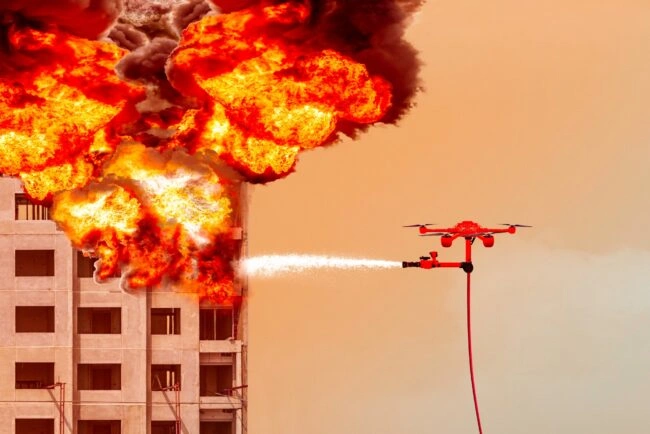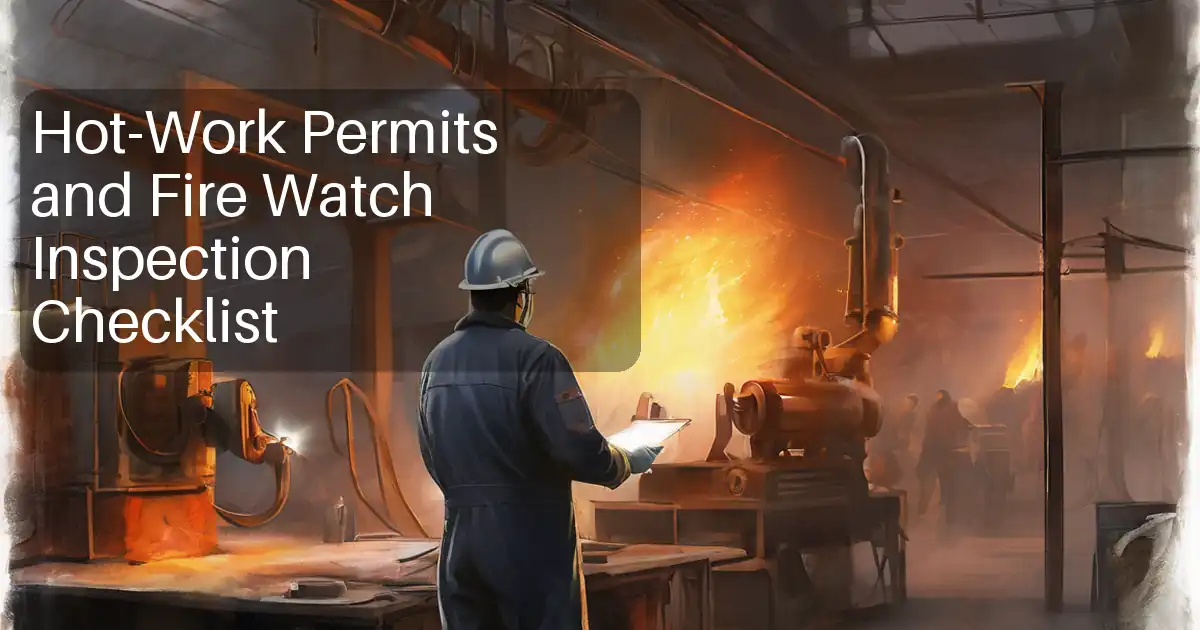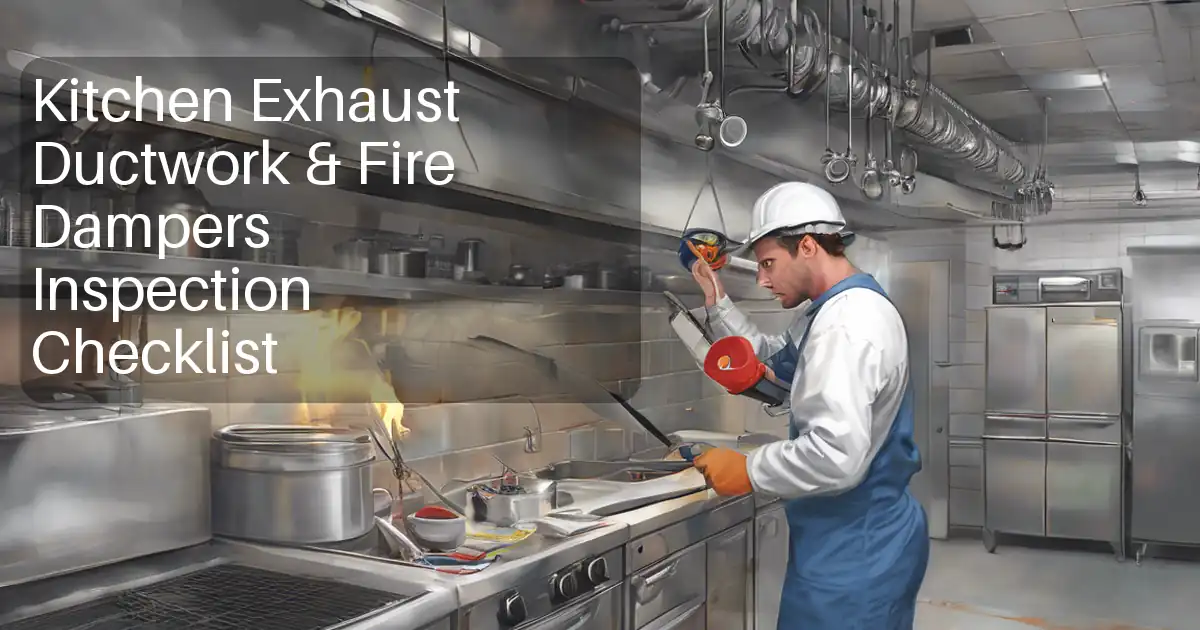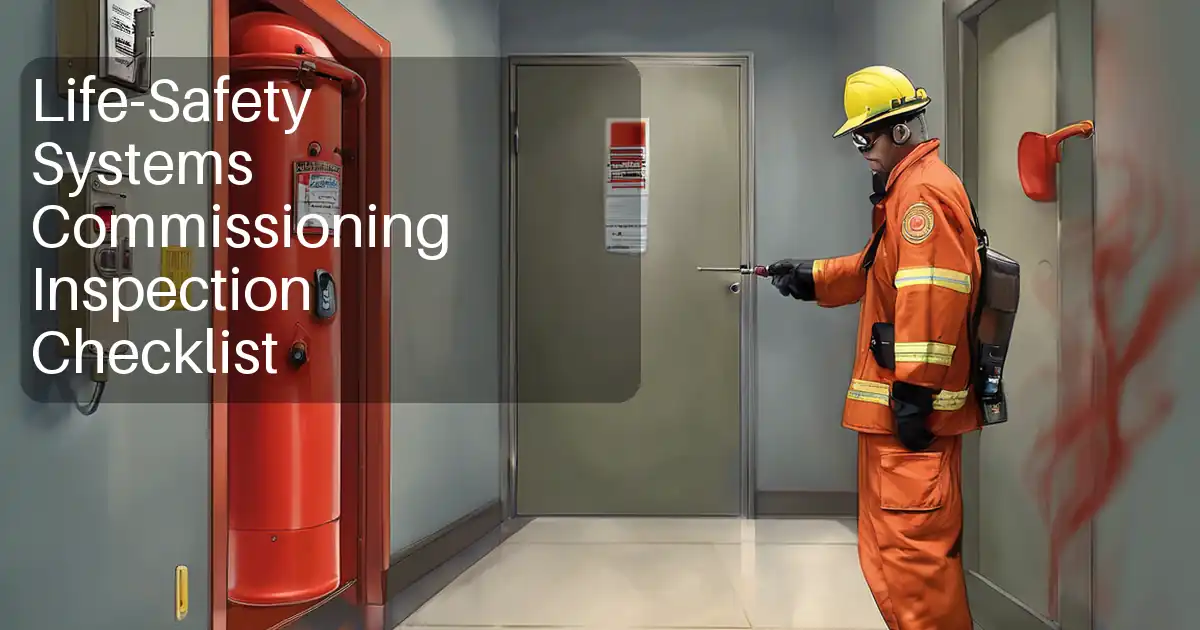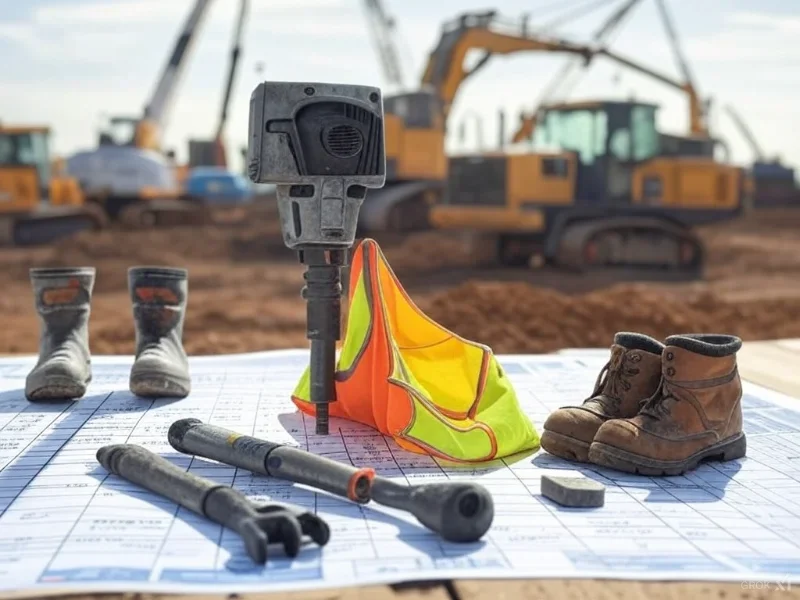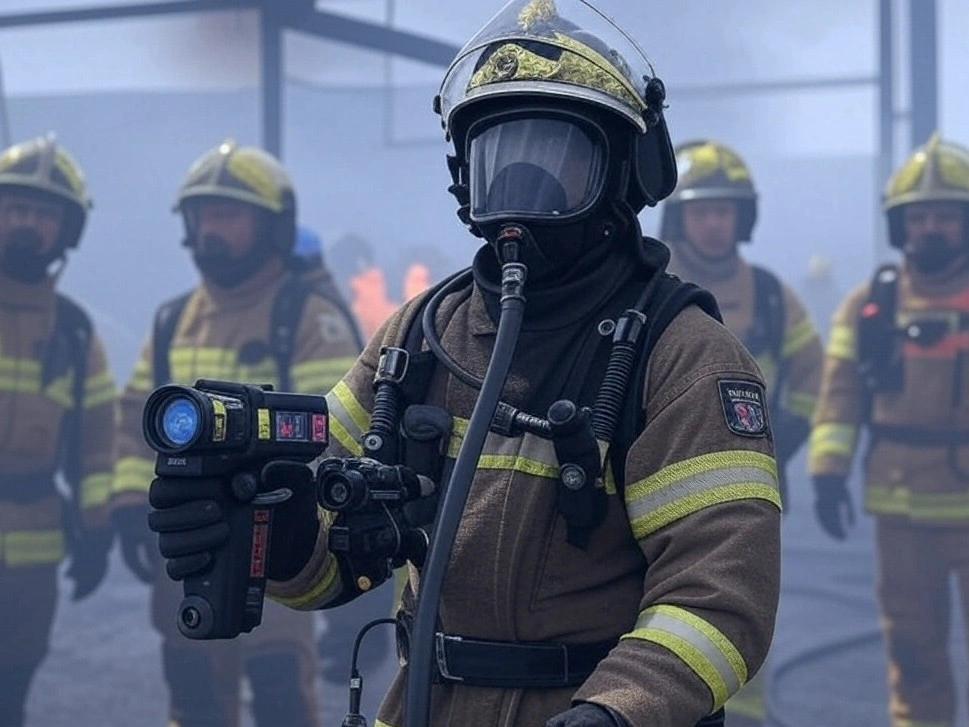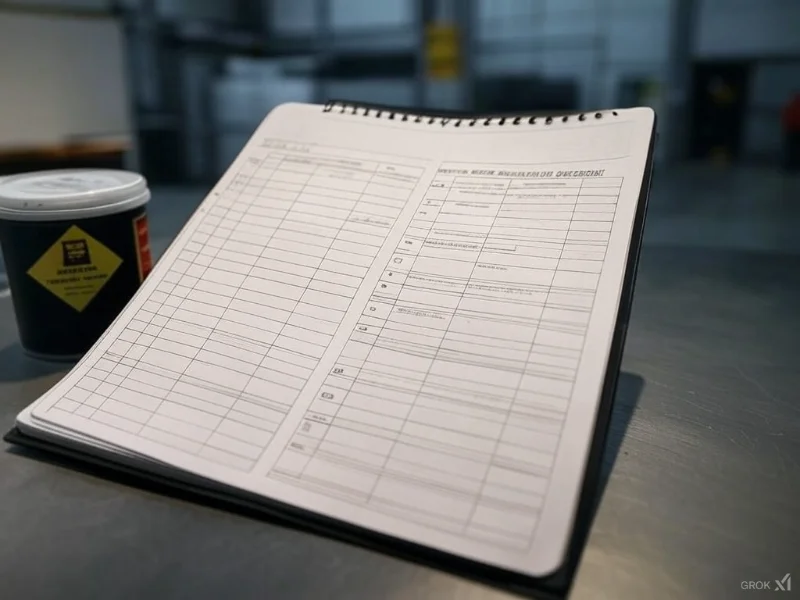Advanced High-Rise Fire Safety: Integrating Drones, AI & Modern Equipment
Advanced Fire Safety Solution for High-Rise Buildings: Incorporating Drone Technology and Advanced Firefighting Equipment
High-rise fires present formidable challenges, often exceeding the reach and speed of traditional firefighting techniques. The unique complexities of vertical structures demand innovative strategies to ensure occupant safety and protect first responders. This article unveils an advanced, integrated fire safety solution specifically designed for high-rise buildings. We explore how leveraging cutting-edge drone technology – from tethered firefighting drones and thermal imaging capabilities to AI-driven search and rescue units – combined with advanced firefighting equipment like telescopic fire trucks, can revolutionize emergency response. Read on to discover how this modern approach significantly enhances high-rise fire safety, improves operational effectiveness, and ultimately works to save lives in complex urban environments.
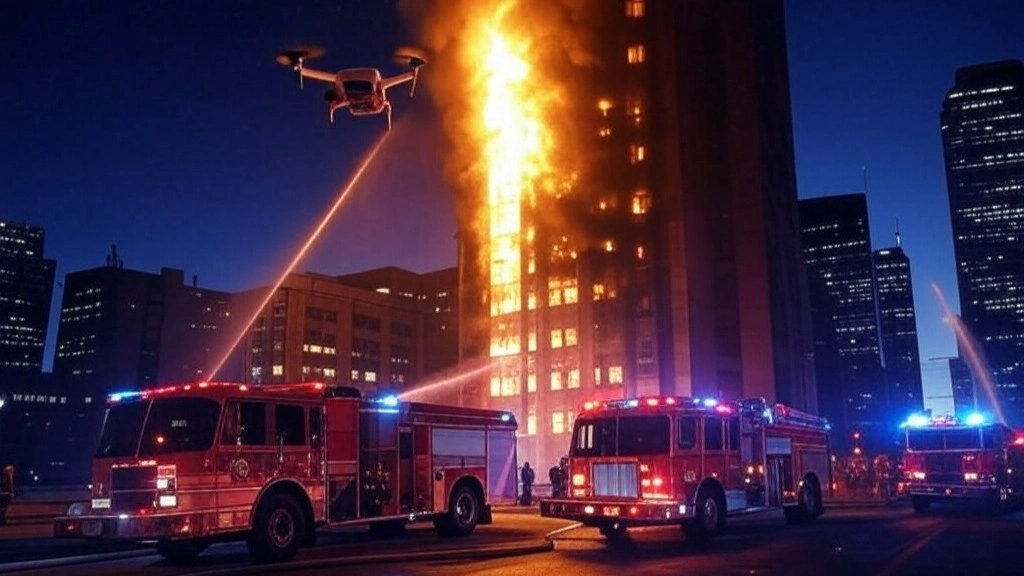
Part 1: Non-Destructive Building Improvements with Advanced Drone Integration
1. Tethered Firefighting Drone Systems
LT-UAVFW Hose Mooring Firefighting Drones: These specialized drones can tow a 100-meter water belt and connect directly to fire truck water tanks via high-pressure hoses. Key features include:
- 60kg payload capacity for firefighting equipment
- 100m maximum working height with ultra-light polyethylene hoses (total weight ≤10kg for 100m)
- 15m spray distance (extendable with increased water pressure)
- Integrated 2MP camera for fire detection and night operations [1]
Deployment Strategy:
- Mount on fire trucks for rapid deployment
- Connect to existing standpipe systems for water supply
- Operate in GPS-denied environments using attitude mode for urban canyons [2]
2. AI-Enhanced Search and Rescue Drones
Thermal Imaging and Human Detection:
- Deploy drones with FLIR thermal cameras (Zenmuse XT2, XT2R) to detect humans through smoke [3]
- AI-powered object detection to identify trapped individuals in complex environments [2]
- MSX technology combining thermal and visual imaging for better identification [4]
Rescue Hose Systems:
- Integrate emergency descent systems with drone-deployable hoses
- Develop lightweight, heat-resistant rescue tubes that can be guided to windows by drones
- Implement two-way communication systems in rescue hoses for coordination
3. Drone Command and Control Infrastructure
FlytBase Drone Management System:
- Cloud-based fleet management for coordinating multiple drones
- Real-time HD video feeds with thermal imaging overlay
- AI-enabled fire detection and hotspot identification [5]
Drone-in-a-Box Systems:
- Automated docking stations for continuous monitoring
- 15-minute emergency deployment capability
- Integrated with building alarm systems for automatic response [5]
Part 2: Fire Department Preparation with Advanced Equipment
1. Multipurpose Fire Trucks with Advanced Capabilities

Integrated Aerial Systems:
- Telescopic booms reaching 30+ stories (75m+) [6] (Note: Specific 75m+ capability needs source)
- Articulating platforms with water/foam delivery
- Onboard drone launch/recovery systems [1] (Note: General integration discussed, specific truck launch system needs source)
Specialized Features:
- High-capacity pumps (2000+ GPM) with foam proportioning
- Hydraulic rescue tools (Jaws of Life) and technical rescue equipment
- Onboard command center with drone control station [1, 5]
Hybrid Power Systems:
- Electric/hybrid powertrains for reduced emissions
- Extended operational time with battery backup
- Silent mode operation for rescue scenarios
2. Drone Operations Training Program
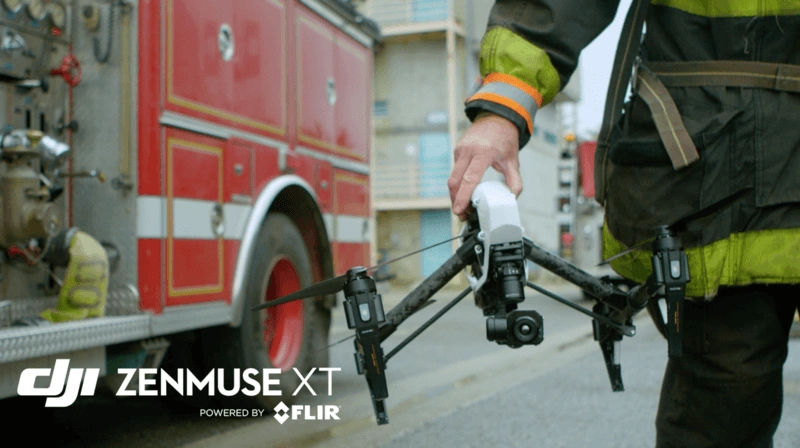
Certification Curriculum:
- Tethered drone operations in urban environments
- Thermal imaging interpretation and human detection
- Coordinated drone-truck operations
- High-rise hose deployment techniques
Virtual Reality Simulations:
- Recreate high-rise fire scenarios with drone integration
- Practice window breaches and rescue hose deployment
- Train for GPS-denied environments and magnetic interference [7]
3. Pre-Incident Planning Enhancements
Digital Twin Integration:
- Create 3D models of buildings with drone access points
- Simulate fire spread and drone deployment strategies
- Identify optimal water source connections for tethered drones [7]
Dynamic Response Protocols:
- Establish drone-first response for high-rise incidents
- Develop integrated drone-firefighter attack strategies
- Create evacuation support procedures using drone guidance [1]
Implementation Roadmap with New Technologies
- Phase 1: Immediate Drone Capabilities (0-6 months)
- Deploy 2-3 tethered firefighting drones per station
- Train select personnel in basic drone operations
- Install drone charging stations on multipurpose trucks
- Implement basic thermal imaging for search and rescue [1]
- Phase 2: Integrated Systems (6-18 months)
- Full deployment of FlytBase management system
- Retrofit trucks with telescopic booms and drone integration
- Implement AI detection in all drone systems
- Develop building-specific drone response plans [5, 7]
- Phase 3: Advanced Automation (18-36 months)
- Network of automated drone docking stations
- Full digital twin integration for major high-rises
- Autonomous drone-firefighter coordination systems
- Advanced rescue hose deployment capabilities [1, 5]
Cost-Benefit Analysis of Enhanced Solution
Cost Factors:
- LT-UAVFW drone system: $50,000 - $100,000 per unit
- Multipurpose fire truck with telescopic boom: $800,000 - $1.2M [6]
- FlytBase enterprise system: $25,000 annual license [5] (Note: Exact enterprise pricing needs direct quote)
- Training program development: $150,000 initial
Benefits: (Note: Specific percentages require validation from dedicated studies/reports)
- 60-80% faster response to upper floors [1]
- 50% reduction in firefighter exposure to hazardous conditions [1]
- Improved rescue success rates through thermal detection
- Extended reach beyond traditional ladder limits
Conclusion
This enhanced solution represents the cutting edge of high-rise fire safety, combining tethered firefighting drones, advanced human detection systems, rescue hose technologies, and multipurpose telescopic fire trucks. By taking a phased approach to implementation, departments can progressively build capability while managing costs and operational impacts. The integration of drone systems with traditional firefighting methods creates a synergistic effect that significantly improves safety for both occupants and first responders in older high-rise buildings.
Case Studies and Lessons Learned
Examining real-world incidents highlights the need for integrated fire safety solutions:
-
Grenfell Tower, London, 2017

-
Torch Tower, Dubai, multiple incidents (2015, 2017)

-
Address Downtown, Dubai, 2015
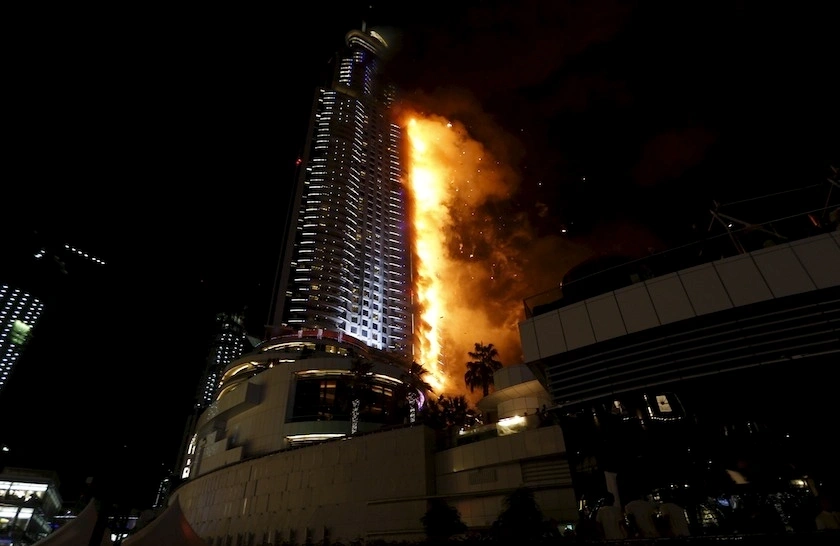
-
Lacrosse Building, Melbourne, 2014

-
Shanghai Apartment Building Fire, 2010These incidents underscore the importance of retrofitting and advanced firefighting solutions.
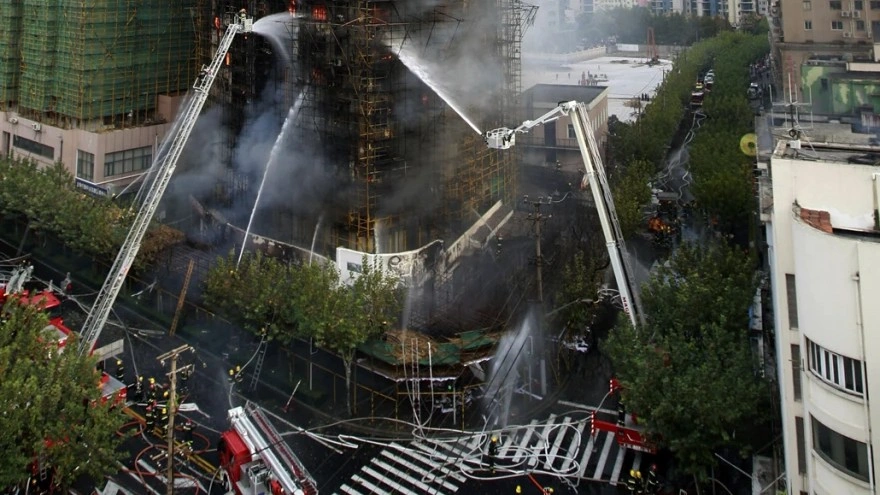
References
- Skydio autonomous drone programs for fire departments : Discusses drone integration for fire service situational awareness, coordination, thermal capabilities, faster response, and safety concepts.
- Critical Drone Features That Save Lives in Search and Rescue - DSLRPros: Details drone features like GPS/RTK, AI object recognition, and navigation relevant to SAR and complex environments.
- Support for Zenmuse XT2 - DJI: Manufacturer's specifications for the Zenmuse XT2 thermal/visual camera. (Note: Link is to Polish site, but specs are standard)
- FLIR MSX® - Multi-Spectral Dynamic Imaging : Manufacturer's explanation of MSX technology combining thermal and visual spectrums.
- FlytBase: Enterprise Drone Autonomy Software Platform : Describes the FlytBase platform for drone fleet management, AI capabilities, automation, and integration. Contact FlytBase for enterprise pricing.
- Quick Delivery Fire Trucks & Ambulances - Bulldog Fire Apparatus: Provides examples of aerial fire truck costs, indicating market range (aerials shown start around $800k+).
- Digital Twin In Fire Safety: Enhancing Building Safety Protocols - Tejjy Inc.: Explains using digital twins and VR for fire simulation, planning, risk assessment, and firefighter training.
